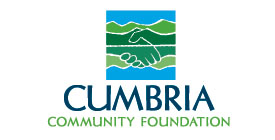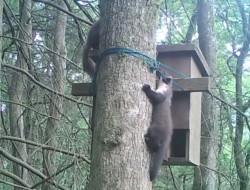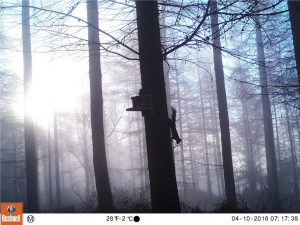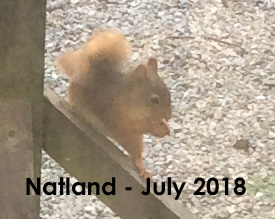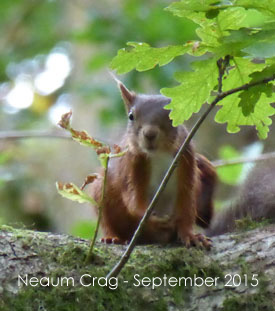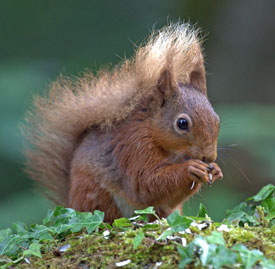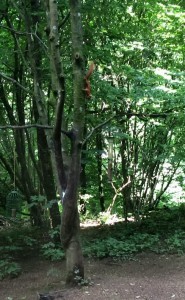 We’re delighted to report that a red squirrel has been spotted at the Lake District National Park’s Visitor Centre at Brockhole – seen near the bird hide by one of the LDNPA’s volunteers. Not only that, but Wendy Carroll has managed to photograph it!
We’re delighted to report that a red squirrel has been spotted at the Lake District National Park’s Visitor Centre at Brockhole – seen near the bird hide by one of the LDNPA’s volunteers. Not only that, but Wendy Carroll has managed to photograph it!
It’s been a long-held ambition of Westmorland Red Squirrels to see red squirrels back at Brockhole, and thanks to the hard work of our volunteers and the help and cooperation of LDPNA staff at Brockhole we now have the first recorded red sighting for many, many years. Well done, everyone!
If you see a red squirrel at Brockhole or anywhere else, please report it using our online form>>





